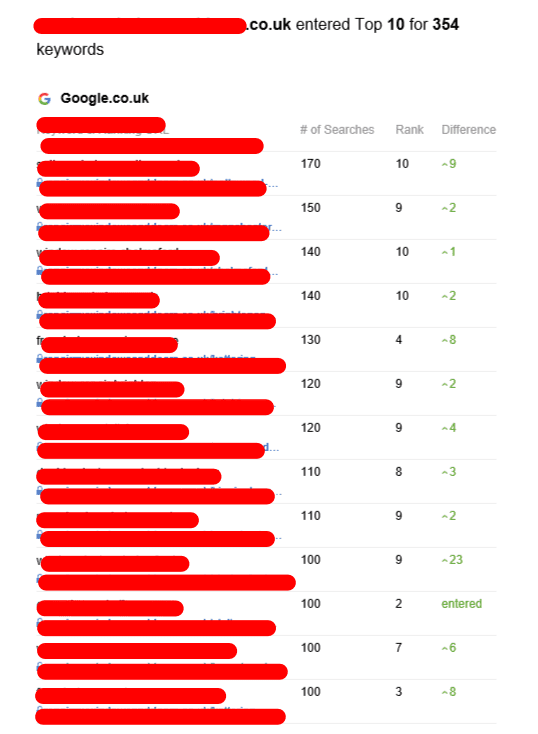Tiered Link Building - The Dangers of Black Hat Link Building
Tiered link building is a fantastic method to improve your search engine rank. It is crucial to remember that black-hat methods can be detrimental. Over the years, search engines like Google have been slamming these practices with their numerous updates.
It is essential to stay clear of employing black-hat SEO techniques, like PBNs or blog commenting. These techniques are a waste and could result in penalties from Google.

First-tier links
This method of link building involves placing links on websites that have an impressive domain authority (DA) and plenty of monthly traffic. It is a great way to get your website noticed by search engines. It's not the ideal solution for every scenario. It could lead to a temporary boost in rankings but it's crucial to pay attention to the quality of your backlinks.
The primary goal of first-tier links is to increase your backlink profile using the best quality, natural-looking links. This will enable you to rank for keywords relevant to your niche. This will also help you build a better website reputation which is essential for getting the most visitors from search results.
Although some black hats swear by it, it's a risky method. backlink tier 's not in accordance with Google Webmaster Guidelines, and if an actual human reviewer is aware that something is not right, they can take a manual action that could have a significant impact on your rankings.
You should make your first-tier links appear as natural as you can to avoid this risk. They should be relevant to the article they are embedded into and not appear obvious or sloppy. It is also important to determine whether the directory in which you put your first-tier link has been index by Google. You can confirm this by typing in the URL of the directory into the search engine like Google and observing the number of results that appear.
Second-tier links
Tiered link building can be an excellent method to increase the effectiveness of your PBN, however it's not without risk. Google is constantly cracking down on links that appear fake and low-quality ones that tiered link building relies on are becoming less effective as time passes. This kind of link-building could lead to penalties for your website and could even hurt your ranking.
It is essential to avoid a penalization by using white-hat techniques when creating your second-tier link. You can utilize high-quality content on sites that are relevant to your area of expertise. These links will carry more authority than forums or comments, and they'll be more likely to be clicked by readers. You can also submit your articles to directories relevant to your topic. Sign up for HARO. This email subscription service will send you daily emails containing the subjects that journalists are interested in covering.
Second-tier links don't just boost the authority of your PBN however they can also boost the quality and quantity of your primary backlinks. This is because if you build second-tier links on sites with strong domain authority, they'll assist to increase the authority of your primary backlinks. It's best to mix standalone links from second-tier with secondary links from second-tier to complement primary links. This will increase the benefits.
Third-tier links
Tiered link development has become a well-known method of increasing the authority of websites. It can be used to boost the number of visitors, boost rankings and increase revenue. This method involves constructing a chain of backlinks that gradually increases in quality. It also assists in avoiding spam filters.
However, the process of building tiers of links could be risky if it is not executed correctly. Google could penalize your website if you use excessively many links that are low quality. Google's Webmaster Guidelines do not allow for tiered linking.
Tier 1 links are of the best quality. They should contain the keyword that you're trying to rank for and be relevant to your site's content. This will help your site rank for the keyword you're trying to rank for, which will result in increased traffic.
Tier 2 links are a bit less important. They're typically links to directories, blogs, Q&A sites, and social media profiles. Tier 3 links are generally less reputable however they can add value to your link profile. They include comment sections, forums and bio-profile links. In general, those who participate in tiered link building tend to throw quality, relevancy and context out of the window at this point. They use automated tools to create third-tier links, and link them to low-authority pages.
Fourth-tier links
Tiered link building is an effective strategy to increase the rank of a website's organic search. It is only effective when combined with other white-hat SEO strategies. If not, it could lead to your site to be penalized by Google. Google penalizes websites that use tiered links because they are typically linked to poor-quality content.
Tiered links are frequently linked to low-quality blogs and websites. They may lose their value if search engines start to think they are spammy and irrelevant. Moreover, these links can be located on low-quality social media profiles and web 2.0 platforms, and other sites with content created by users. The quality of these backlinks is generally low and can be created using automated tools.
In addition to these drawbacks tiered links could result in a profile of backlinks that is exaggerated and could affect a website's search engine optimization. This is because it's difficult to distinguish between low-quality and high-quality links. Moreover, it can be expensive for a company to manage a large number of backlinks. Therefore, it is advisable to use tiered link building along with a comprehensive content marketing strategy. This will ensure your content is relevant to your audience and is more likely to bring traffic to your site.
